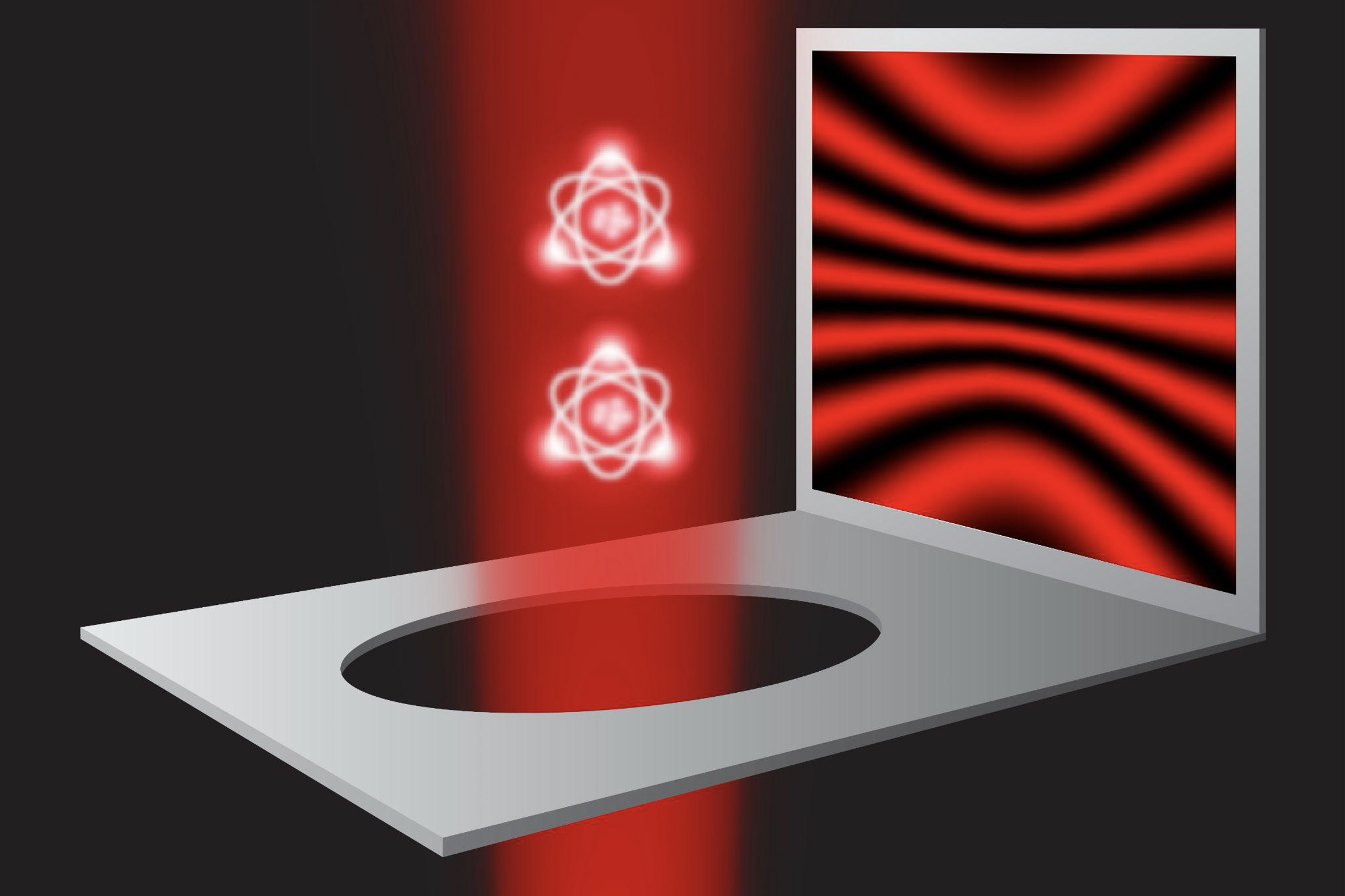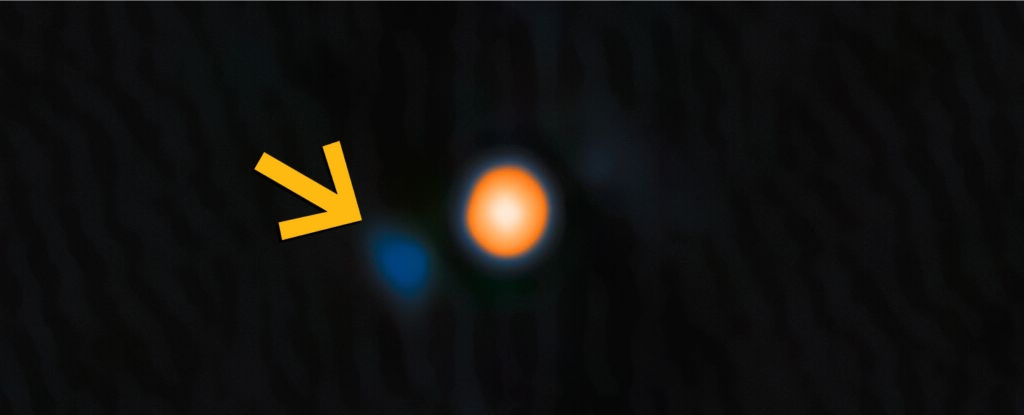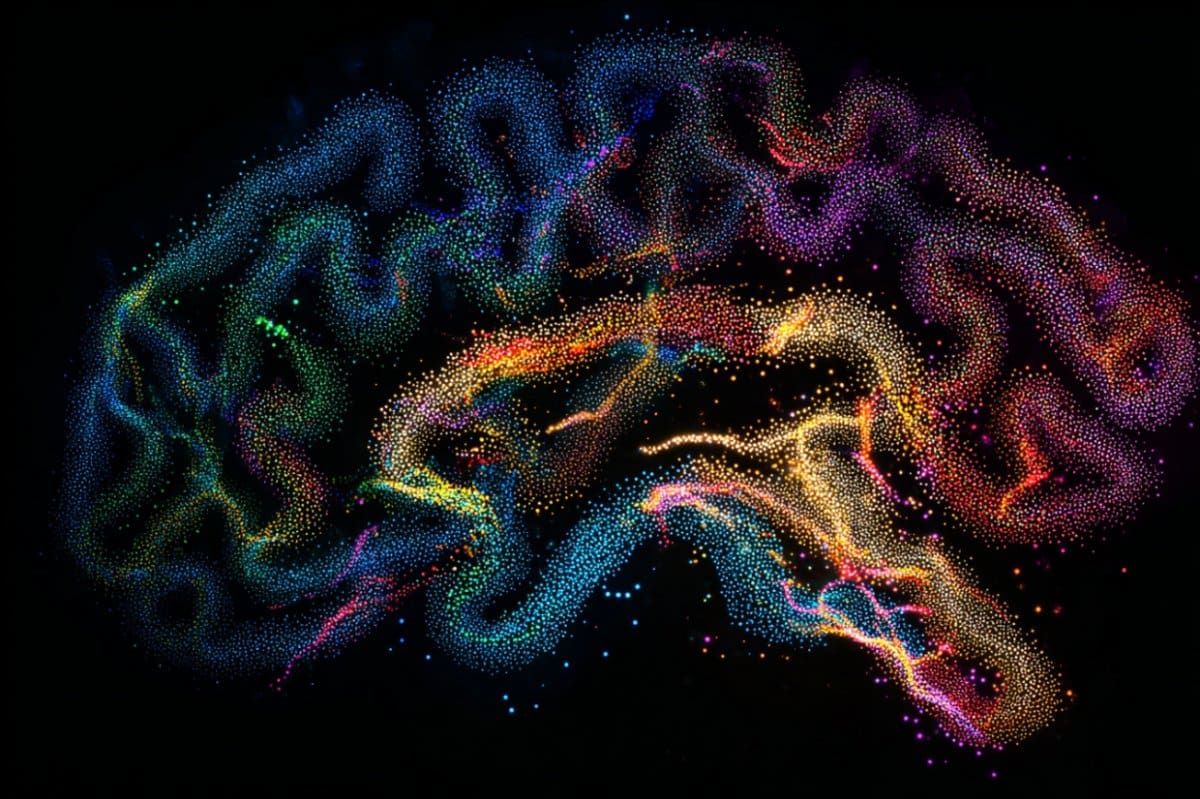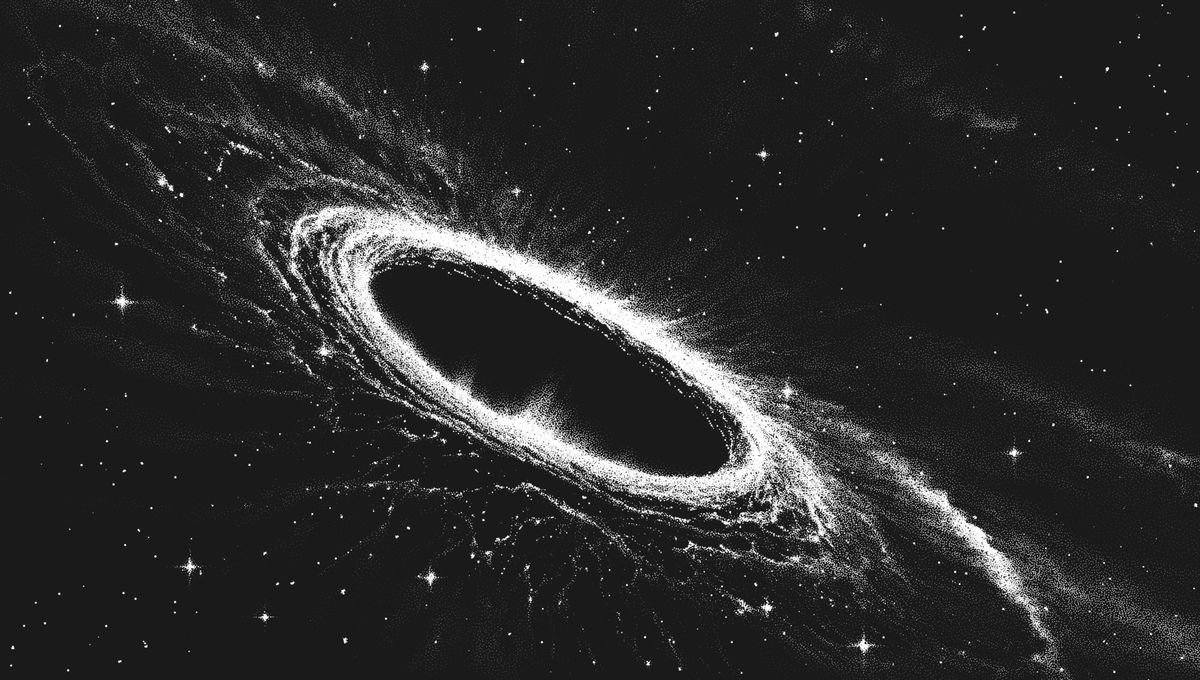T4K3.news
MIT physicists confirm fundamental light behavior
New findings demonstrate the dual nature of light through a refined double-slit experiment.

A recent study by MIT physicists has confirmed key aspects of quantum light through a refined double-slit experiment.
MIT physicists confirm basics of quantum light with new experiment
MIT physicists have conducted a highly idealized version of the double-slit experiment, shedding light on the dual nature of light itself. Their findings reveal that light behaves as both a wave and a particle, but cannot be observed as both at the same time. This experiment challenges some of Albert Einstein’s earlier assumptions about light’s behavior. By using individual atoms as slits and weak beams to scatter single photons, the researchers demonstrated that increased knowledge about a photon's path reduces the visibility of the wave interference. Their work highlights the principles of quantum mechanics, confirming predictions made by physicist Niels Bohr nearly a century ago.
Key Takeaways
"Einstein and Bohr would have never thought that this is possible."
Wolfgang Ketterle reflects on the groundbreaking nature of their experiment.
"The more information obtained about the path, the lower the visibility of the interference pattern."
This highlights a crucial principle of quantum mechanics confirmed by the experiment.
"What we have done can be regarded as a new variant to the double-slit experiment."
Ketterle describes the innovative approach of their research.
"The springs do not matter here; what matters is only the fuzziness of the atoms."
This statement emphasizes the central finding of the research regarding particle behavior.
This latest experiment from MIT represents a significant advancement in our understanding of quantum mechanics, contributing to the age-old debate between Einstein and Bohr. By successfully creating an idealized double-slit experiment with single photons and atoms, researchers have showcased that observing light’s behavior can fundamentally alter its characteristics. The study not only affirms the core tenant of quantum mechanics but also emphasizes the intricate relationships that exist at subatomic levels. As we celebrate the centenary of quantum theory, these findings invite renewed interest and conversation in fields that intersect with physics and philosophy.
Highlights
- Light's nature can't be pinned down; it's both here and not here.
- Einstein might have missed a vital aspect of quantum light.
- In quantum realms, observation changes what you see.
- The future of physics lights up with every photon.
Potential backlash regarding Einstein's theories
The experiment challenges long-held views in quantum physics and may cause friction among traditionalists in the field.
This research promises to deepen our exploration into the mysteries of quantum physics.
Enjoyed this? Let your friends know!
Related News

Significant breakthrough in fusion energy confirmed

Discovery of Betelgeuse's Companion Star Confirmed

Astronomers identify new star orbiting Betelgeuse

Study finds brain rewrites emotional maps of familiar spaces
Astronomers capture first images of cosmic web

Discovery of Hidden Water Deep in Earth's Mantle

New Study Suggests Universe May Be Inside Black Hole

New theory suggests hidden physics may exist
